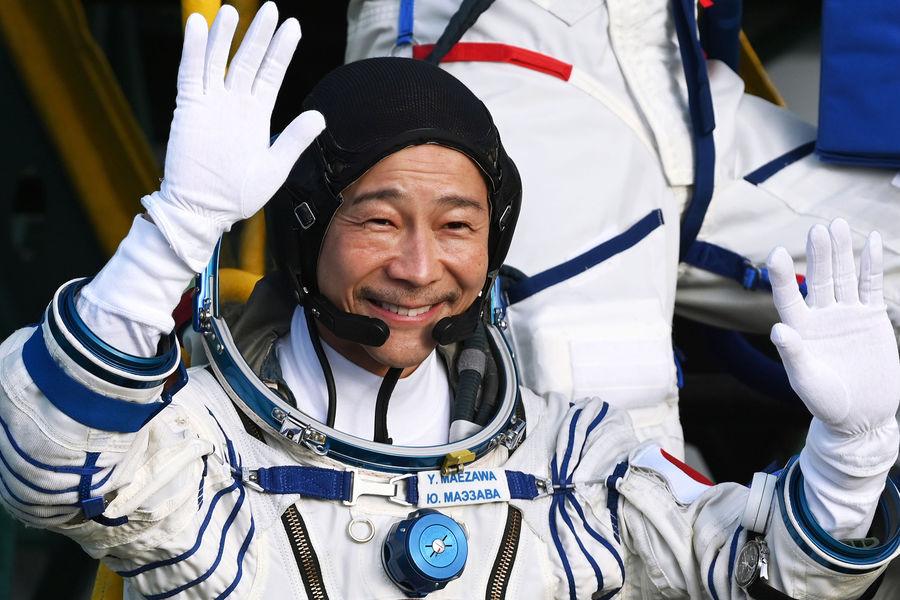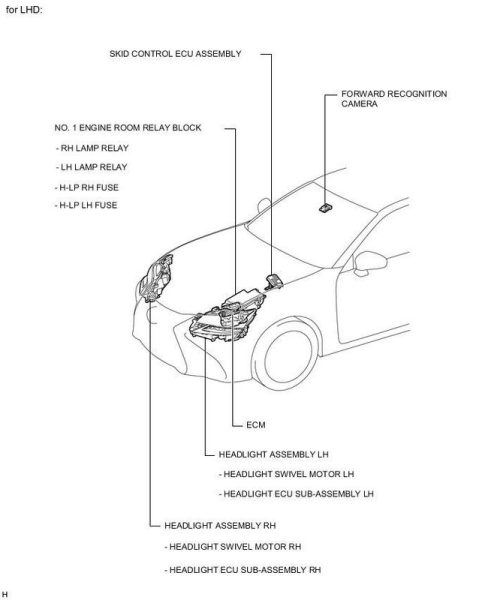
Big Brother flies into space
When President Trump tweeted a picture of the Imam Khomeini National Space Center in Iran in August (1), many were impressed by the high resolution of the images. When studying their characteristics, experts concluded that they came from the top-secret satellite US 224, launched in 2011 by the National Reconnaissance Agency and considered part of the multibillion-dollar KH-11 program.
It seems that the most modern military satellites no longer have problems with reading license plates and recognizing people. Commercial satellite imagery has also developed rapidly in recent times, with more than 750 Earth observation satellites currently in orbit, and image resolution is steadily improving.
Experts are starting to think about the long-term implications of tracking our world at such high resolution, especially when it comes to protecting privacy.
Of course, drones can already collect images better than satellites. But in many places drones are not allowed to fly. There are no such restrictions in space.
Outer Space Treaty, signed in 1967 by the United States, the Soviet Union and dozens of UN member states, gives all countries free access to extraterrestrial space, and subsequent agreements on remote sensing consolidated the principle of "open skies". During the Cold War, this made sense because it allowed the superpowers to keep an eye on other countries to see if they were sticking to arms deals. However, the treaty did not provide that one day almost anyone will be able to get a detailed picture of almost any place.
Experts believe that the images of Fr. resolution 0,20 m or better - no worse than the top US military satellites. It is estimated that the above images of the Khomeini Space Center had a resolution of about 0,10 m. In the civilian satellite sector, this could become the norm within a decade.
In addition, the image is likely to become more and more "alive". By 2021, space company Maxar Technologies will be able to take pictures of the same place every 20 minutes thanks to a dense network of small satellites.
It is not so difficult to imagine an invisible spy satellite network that not only takes individual photos for us, but also “shoots” films with our participation.
In fact, the idea of recording live video from space has already been implemented. In 2014, a Silicon Valley startup called SkyBox (later renamed Terra Bella and bought by Google) began recording HD videos up to 90 seconds long. Today, EarthNow says it will offer "continuous real-time monitoring...with no more than one second latency," although most observers doubt its viability anytime soon.
Companies involved in the satellite business assure that there is nothing to be afraid of.
Planet Labs, which operates a network of 140 observation satellites, explains in a letter to the MIT Technology Review website.
-
It also states that satellite surveillance networks serve good and noble purposes. For example, they are monitoring the ongoing wave of bushfires in Australia, helping farmers record crop growth cycles, geologists are getting better at rock structures, and advocacy organizations are tracking refugee movements.
Other satellites allow meteorologists to accurately predict the weather and keep our phones and televisions running.
However, the rules for acceptable resolution for commercial video surveillance images are changing. In 2014, the US National Oceanic and Atmospheric Administration (NOAA) relaxed the limit from 50 cm to 25 cm. As competition from multinational satellite companies increases, this regulation will come under further pressure from the industry, which will continue to lower resolution limits. Few doubt this.
See also:
